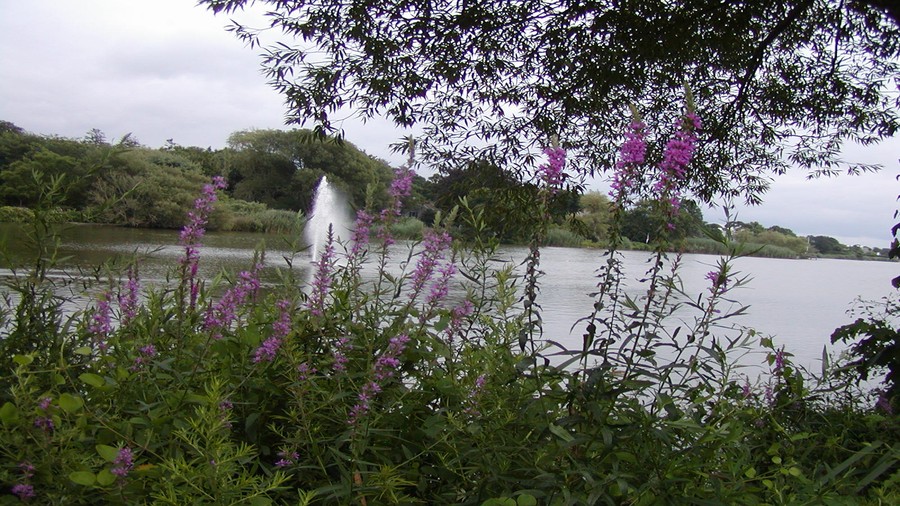How did Purple loosestrife Become so Problematic?
• Soil disturbance enhances its spread.
• If you cut or even burn stems, plants re-sprout from fragments.
• It’s a perennial that blooms in its first season. Each fertilized floret can contain 100 seeds so a single plant produces prolific numbers, up to 2 million or more, seeds a season, which helps it form dense large stands. Bees and other pollinators too help with its spread as they feast on its nectar and pass along its genes via pollen. Its seeds benefit from floods and remain viable in soil that drowns many other weed seeds. As if its prodigious seeding was not enough…
• It has robust, self-cloning, thick, fleshy roots that withstand alternate floods and droughts and brackish or salty watersides. Established plants produce new shoots from large tough woody root crowns, and send out fibrous adventitious underground stems that root and grow 1’ per year. When trampled it sends up new suckers, roots, shoots and new buds.
• It grows 6-10’tall with 30-50 stems that can form a 5’ wide plant. Its extensive stands block waterways, displace native plants and the wildlife they feed and shelter, and threaten rare and endangered species. It can form an exclusive colony that lasts for 20 years.

Above: Purple loosestrife at the water’s edge in exclusive Southampton, NY
Many more weeds become invasive in the wild. In the previous questions I discussed those prolific imported take-over artists like Japanese knotweed, Japanese honeysuckles, and Oriental bittersweet. As you begin to learn about the weeds in your own garden, it helps to observe what spreads vigorously in the neighborhood. If a plant has taken over wild preserves, it’s a good idea to investigate whether it’s really a problem or not for you.
Woodlands Invader
Garlic mustard, Alliaria petiolata arrived here, with no bio-controls to hold it at bay, in 1868. Its populations doubled in 4 years, tripled in 8 years, and so on, and it hid in plain sight at low densities. It established itself with such stealth that its truly insidious nature revealed itself only in the last few decades. Now its population has exploded and provides an ecological threat in U.S. undisturbed woodlands, which previously resisted alien invasions. Alabama, Minnesota, New Hampshire, Tennessee, Vermont, and Washington prohibit its planting and deem it a noxious invader.